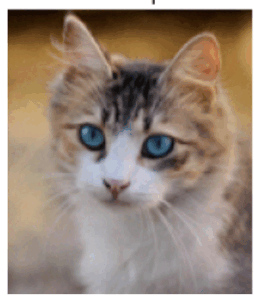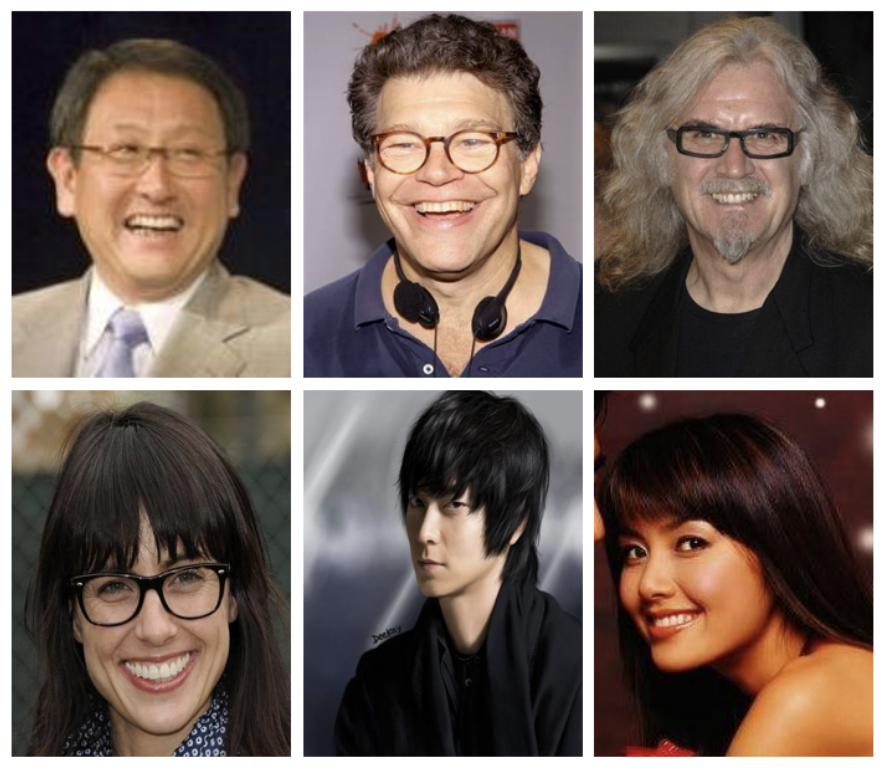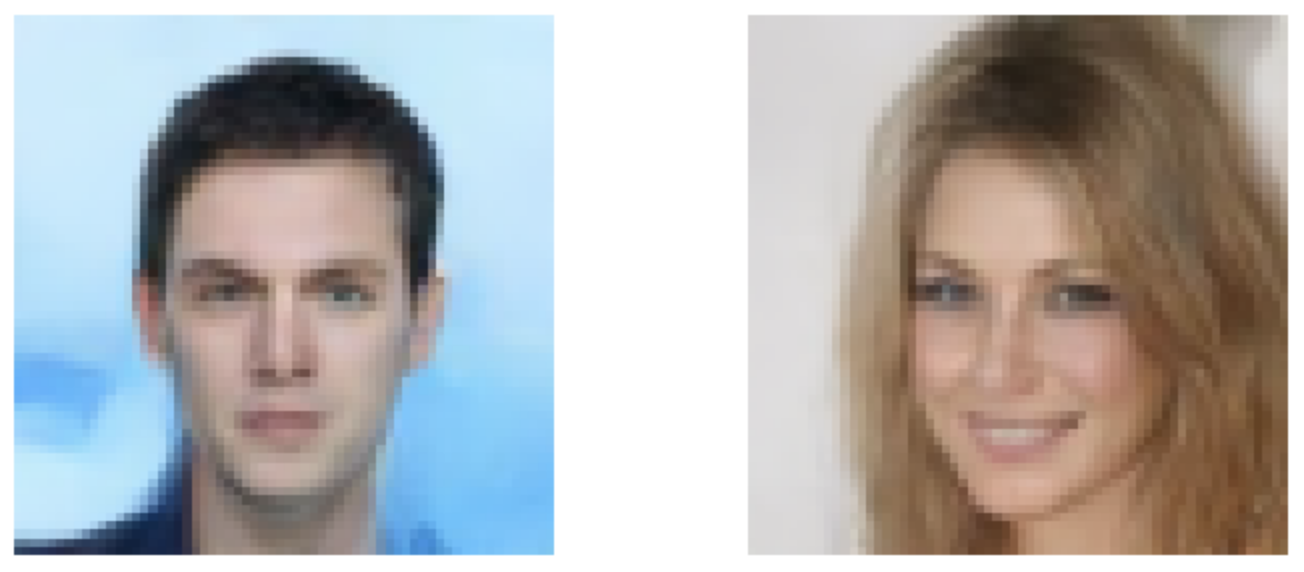Introduction to the diffusion model¶
Generative modeling experienced tremendous growth in the last five years. Models like VAEs, GANs, and flow-based models proved to be a great success in generating high-quality content, especially images. Diffusion models are a new type of generative model that has proven to be better than previous approaches.
Diffusion models are inspired by non-equilibrium thermodynamics, and they learn to generate by denoising. Learning by denoising consists of two processes, each of which is a Markov Chain. These are:
The forward process: In the forward process, we slowly add random noise to the data in a series of time steps
(t1, t2, ..., tn ). Samples at the current time step are drawn from a Gaussian distribution where the mean of the distribution is conditioned on the sample at the previous time step, and the variance of the distribution follows a fixed schedule. At the end of the forward process, the samples end up with a pure noise distribution.The reverse process: During the reverse process, we try to undo the added noise at every time step. We start with the pure noise distribution (the last step of the forward process) and try to denoise the samples in the backward direction
(tn, tn-1, ..., t1).
We implement the Denoising Diffusion Probabilistic Models paper or DDPMs for short in this code example. It was the first paper demonstrating the use of diffusion models for generating high-quality images. The authors proved that a certain parameterization of diffusion models reveals an equivalence with denoising score matching over multiple noise levels during training and with annealed Langevin dynamics during sampling that generates the best quality results.
This paper replicates both the Markov chains (forward process and reverse process) involved in the diffusion process but for images. The forward process is fixed and gradually adds Gaussian noise to the images according to a fixed variance schedule denoted by beta in the paper. This is what the diffusion process looks like in case of images: (image -> noise::noise -> image)

The paper describes two algorithms, one for training the model, and the other for sampling from the trained model. Training is performed by optimizing the usual variational bound on negative log-likelihood. The objective function is further simplified, and the network is treated as a noise prediction network. Once optimized, we can sample from the network to generate new images from noise samples. Here is an overview of both algorithms as presented in the paper:

Note: DDPM is just one way of implementing a diffusion model. Also, the sampling algorithm in the DDPM replicates the complete Markov chain. Hence, it's slow in generating new samples compared to other generative models like GANs. Lots of research efforts have been made to address this issue. One such example is Denoising Diffusion Implicit Models, or DDIM for short, where the authors replaced the Markov chain with a non-Markovian process to sample faster. You can find the code example for DDIM here
Implementing a DDPM model is simple. We define a model that takes two inputs: Images and the randomly sampled time steps. At each training step, we perform the following operations to train our model:
- Sample random noise to be added to the inputs.
- Apply the forward process to diffuse the inputs with the sampled noise.
- Your model takes these noisy samples as inputs and outputs the noise prediction for each time step.
- Given true noise and predicted noise, we calculate the loss values
- We then calculate the gradients and update the model weights.
Given that our model knows how to denoise a noisy sample at a given time step, we can leverage this idea to generate new samples, starting from a pure noise distribution.

